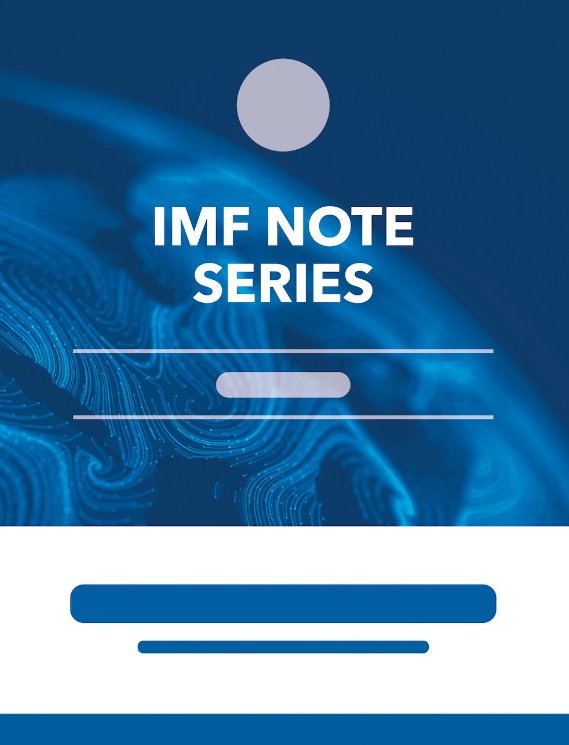Philippines: Selected Issues
February 6, 2020
Summary
This Selected Issues paper on the Philippines explores export performance in the context of global trade tensions. Unlike many Asian countries, the Philippines’ exports of goods have remained stable through the ongoing period of global trade tensions. Its low participation in global trade as well as in global value chains relative-to-peers seems to explain why the Philippines has not yet been negatively impacted by the trade tensions. On the other hand, despite its close trade ties with the United States, the Philippines has not benefitted much from trade diversion originated from the US–China bilateral tariffs, unlike Vietnam and Mexico. Philippines’ exports have slightly increased in dollar terms since 2017, but they have remained broadly stable in GDP terms. The Philippines does not appear to have benefitted much from the US–China trade tensions, but it has performed better than many of its peers at the aggregate level. The comparative advantages of the Philippines in terms of exports reside in high tech industries, which constitute its main exports. The Philippines has a revealed comparative advantage in exporting from high technology industries. In sum, the disaggregated trade data evidence suggests that the Philippines was not able to scale-up its exports to the United States as much as Vietnam and Mexico in many high- to medium-tech goods included in the US tariff lists.
Subject: Climate change, Credit, Environment, Exports, Inflation, International trade, Money, Natural disasters, Prices
Keywords: Climate change, climate change vulnerability, CR, Credit, debt, export, Exports, Global, IMF staff estimate, Inflation, inflation expectation, ISCR, Natural disasters, oil price, Philippines, S&P Capital IQ, trade tension
Pages:
62
Volume:
2020
DOI:
Issue:
037
Series:
Country Report No. 2020/037
Stock No:
1PHLEA2020002
ISBN:
9781513529158
ISSN:
1934-7685






